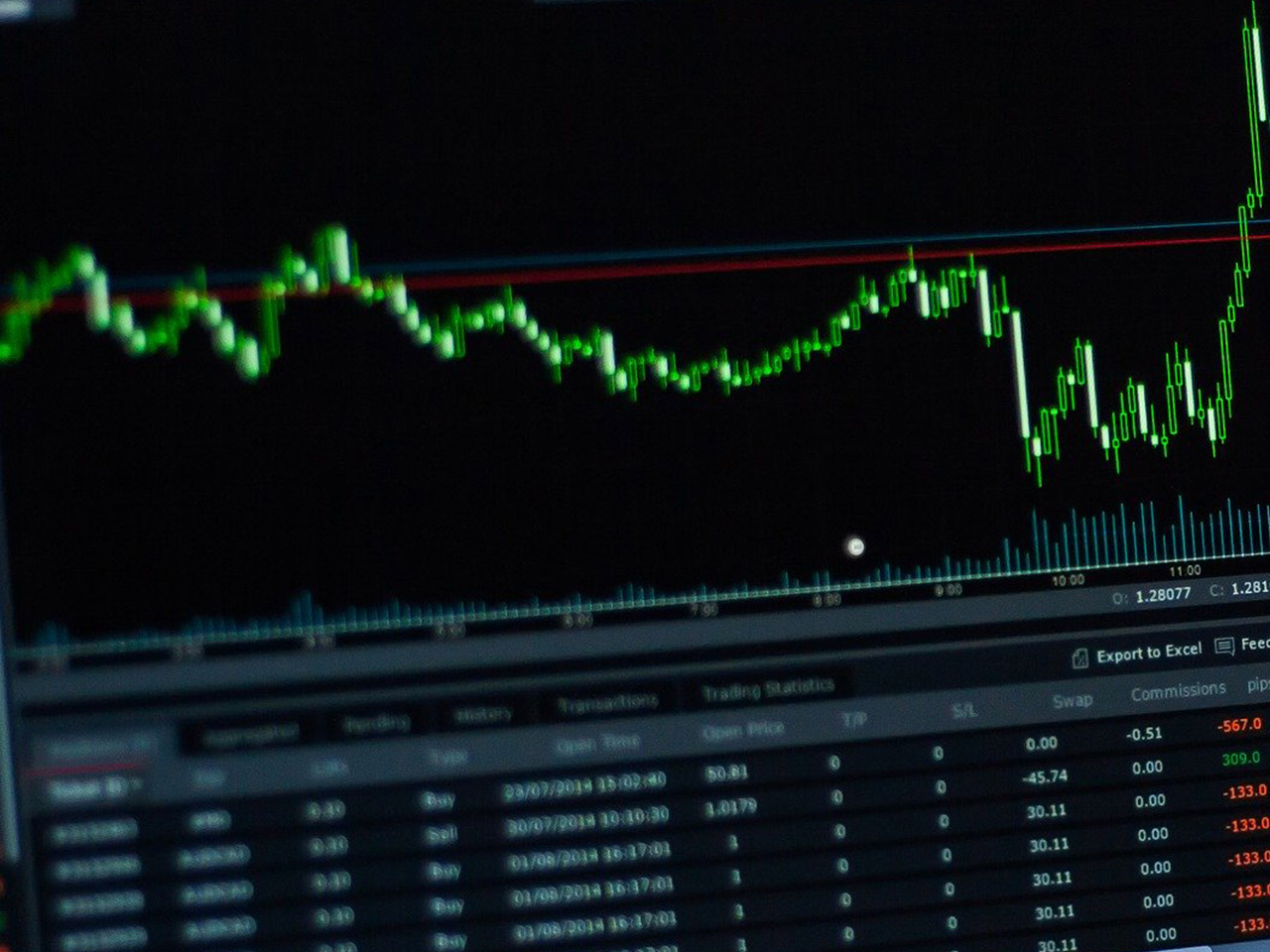Templeton Emerging Markets Investment Trust (TEM.L) stands as a notable player with a market capitalisation of $1.96 billion, offering investors exposure to emerging markets. Despite the absence of detailed sectoral and geographical data, TEM.L has managed to capture the attention of investors, particularly those keen on tapping into the growth potential of emerging economies.
Currently priced at 199.2 GBp, TEM.L has exhibited a slight dip of 0.01%, reflecting a minor price change of -1.30 GBp. The stock has traversed a 52-week range between 151.80 and 200.50 GBp, indicating a period of stability with a current valuation near its upper limit. This range offers a perspective on market volatility and investor sentiment over the past year.
The valuation metrics for TEM.L remain undisclosed, with standard indicators such as the P/E Ratio, Price/Book, and Price/Sales not available. This absence of data can pose a challenge for traditional valuation analysis, yet it also highlights the unique nature of investment trusts, where performance may not directly correlate with conventional metrics.
Performance indicators such as revenue growth, net income, and return on equity are also not reported, which suggests that investors may need to rely more on macroeconomic trends and the broader performance of emerging markets when considering an investment in TEM.L. The lack of specific financial performance data necessitates a focus on the trust’s strategic positioning and management expertise.
Dividends, often a lure for income-focused investors, appear to be off the table for TEM.L at this moment, with no available dividend yield or payout ratio. This might steer investors towards capital appreciation rather than income generation from dividends.
Analyst sentiment towards TEM.L seems cautiously optimistic, with one buy rating and no hold or sell recommendations. This suggests a degree of confidence in the trust’s potential, although the absence of a defined target price range indicates a level of uncertainty or the complexity of forecasting in emerging markets.
On the technical front, TEM.L’s 50-day and 200-day moving averages stand at 191.91 and 174.50 respectively. The current price above both averages suggests a bullish trend, which could be appealing to technical analysts. However, with a Relative Strength Index (RSI) of 26.56, the stock might be entering oversold territory, potentially signalling a buying opportunity.
The Moving Average Convergence Divergence (MACD) at 2.10 and its signal line at 2.54 provide mixed signals, indicating that investors should proceed with caution, perhaps looking for further confirmation before making significant portfolio decisions.
In the world of investment trusts, TEM.L offers a unique proposition, potentially rewarding those with a risk appetite for emerging markets. While the lack of detailed financial metrics may deter some investors, others may view it as an opportunity, especially those who are bullish on the long-term growth prospects of emerging economies. As always, prudent investors should weigh these factors carefully, considering their individual risk tolerance and investment goals.








































